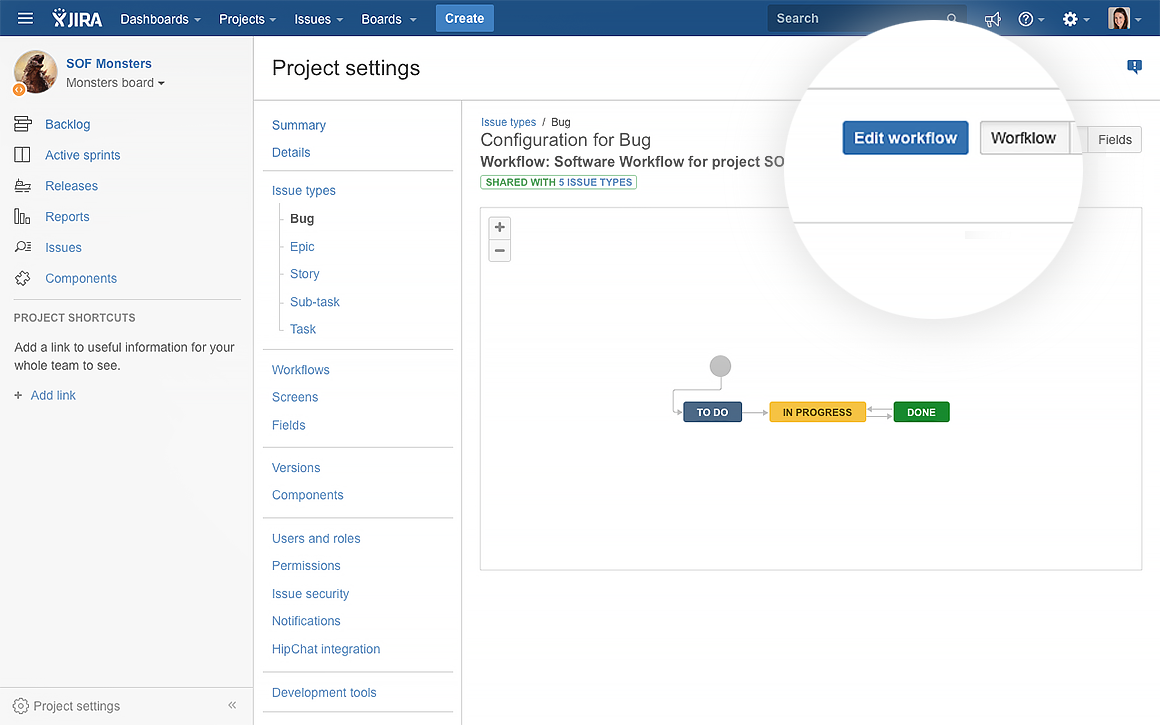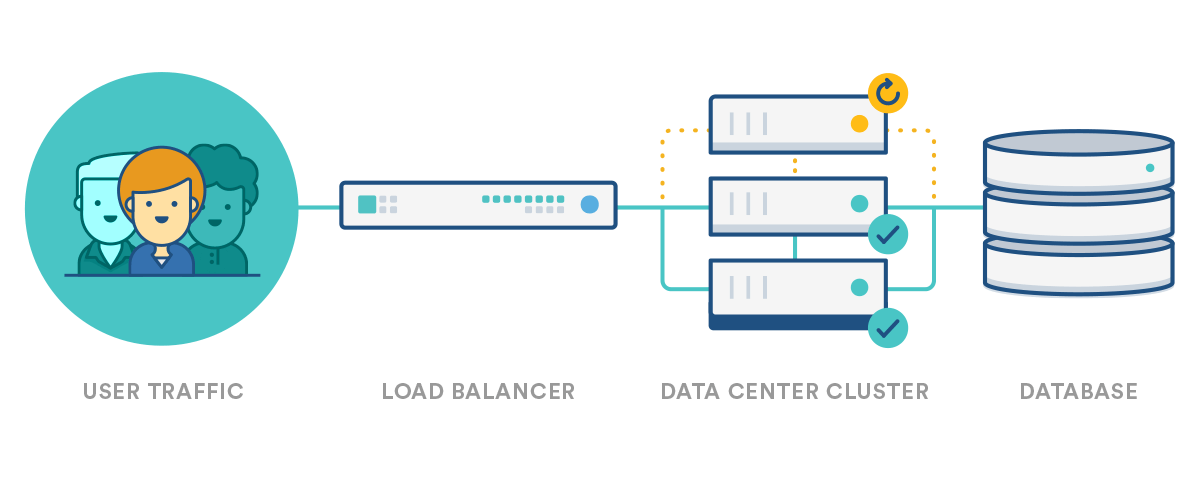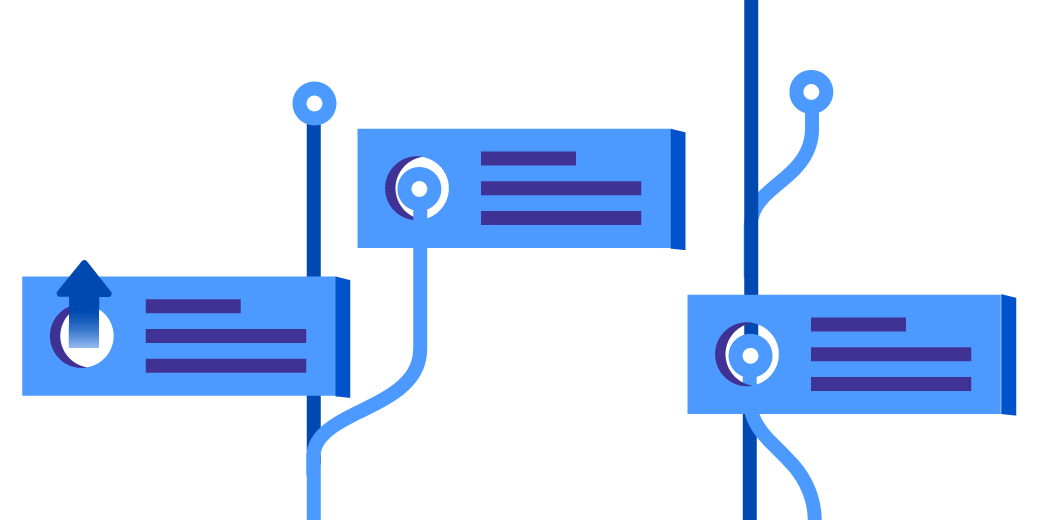Jira Software Server 7.3: power to the admins
Recent releases of Jira Software focused on making it easier for administrators to manage Jira Software at scale while making teams more efficient with features like improved sprint permissions, configuration of versions and components, and greater flexibility to deploy and manage Jira Software in AWS. But we were just getting started. In Jira Software 7.3, available today, administrators get new capabilities designed specifically for organizations where Jira Software is mission-critical to their teams’ success.
Power to the project admins – own your workflows
Even at the largest companies, individual teams want the flexibility to work the way they want, but it often comes with additional administrative overhead. For global Jira Software admins, the challenge becomes how much power they let project teams have versus how much they maintain centrally. As a result, we hear of a Jira instance taking on different forms: one of minimal or no governance with thousands of workflows, one with hundreds of global admins who don’t fully understand the power they have at their fingertips, or a locked-down environment that is slow to change and frustrating for users.
One of the most common requests we receive is to allow individual project administrators to manage more aspects of their projects while allowing global administrations to maintain the right level of control to mitigate unintentional risks. We’re excited to announce the first stage in extending ownership beyond the global Jira Software administrator to project administrators by giving them the ability to edit their projects’ workflows. Through our customer research (and your feature requests), many of you told us that the ability to modify project workflows was the most important, so that’s where we started.
Project level admins can now modify workflows without relying on global admins to make changes, giving them more control over their own processes while reducing requests on global admins. They can create, edit or delete transitions, or add an existing status to a custom workflow. For example, your mobile development team wants to add a step to their workflow that they saw working well for the web development team called “QA review”. Since this status already exists in your Jira Software instance, the project admin can easily add this to mobile dev team’s project workflow.

Any workflow changes made by the project admin only affect the specific project they’re assigned to, eliminating any unintended consequences. We’ve also added a new ‘workflow’ event to the administrator audit log that’ll let global admins see who made workflow changes and to which projects, so that they have visibility into what project level admins are changing.
Empowering project admins to help teams move more quickly (dare we say, “be more agile”?) builds on some of the changes we made in Jira Software 7.2. In that release we gave project admins the ability to configure their projects faster by providing a single page to perform all actions related to Versions: configuration – search, create, view, release, update, delete, directly from the Release page, and a single page to configure Components. With this phase of project level administration you can confidently scale Jira across your teams and keep your global admins focused on their core responsibilities. You get the best of both worlds: global level control of Jira Software with individual project and team flexibility.
Get your weekends back with zero downtime upgrades
Your teams rely on Jira Software every day to get their jobs done, which means that you can’t afford downtime. We built our Data Center offering to provide high availability, among other things, to eliminate unplanned downtime by clustering multiple active servers and providing a safe failover.
But what about planned downtime for upgrades and security fixes? As a global organization, we know how difficult it can be to find time for maintenance updates. We’ve all heard stories of admins scheduling upgrades at night or over the weekend to avoid impacting users. But, we wanted to do better and give our admins their personal time back. That’s why we’re introducing zero downtime upgrades for Jira Software Data Center. Here’s how it works:
Let’s assume you have a three node Data Center cluster running on Jira Software 7.3.0 and are ready to upgrade to 7.3.1. To get each node to the latest version, you’ll shut down and upgrade one node at a time. All user traffic will be redirected to the two remaining online nodes in your cluster so users can continue with business as usual. Once each node in your cluster has been upgraded, you’re ready to apply any outstanding database schema changes.

We’ve also exposed more monitoring data around cluster health and status to help deliver a smooth uninterrupted upgrade. Now, you can upgrade to the latest version of Jira Software, when and where you want without any interruptions to your team’s work.
Improved authentication and control with built-in SAML 2.0
This past October we launched an add-on for Jira Software Data Center that let admins link Jira Software to their preferred Identity Provider (IdP) and support SAML 2.0 single sign-on. With Jira Software 7.3, SAML 2.0 is now bundled with Jira Software Data Center and available out of the box. Admins can integrate Jira Software into their existing infrastructure to give their teams a simpler and more secure way to sign in. Single sign-on eliminates tedious password resets and reset tickets – headaches for admins and users alike – and gets users straight into the products they use every day to get their jobs done.
We support a large list of popular identity management providers including Okta, OneLogin, Azure, Active Directory (ADFS), Bitium and PingOne.
Rich text editing for all!
7.3 also comes with some end user features to make sure that every user has the best experience. With Jira 7.2 we introduced rich text editor as a Labs feature and with 7.3, it is now the default experience for anyone creating, editing or formatting issue descriptions and comments. Rich text editor is a clean and easy way to display text the way you want it without using Wiki markup. Formatting text is now easier than ever – what you see is what you get.
Scale with Jira Software 7.3
As you continue to extend Jira Software to more teams in your organization, rest assured that it will effectively scale alongside your business without affecting your users. We did some extensive testing on concurrent usage against previous releases to see how performance stacks up. Across the board, even as you double the number of projects, workflows and custom fields, response times remain steady. We’re also happy to report that on average Jira Software 7.3 performs concurrent actions 4% faster than Jira Software 7.2.5. For more details on our testing check out our documentation.
Version 7.3 will change the way your admins work and interact with Jira Software for the better.
We’ve given project admins greater control, allowing them to customize their workflows and own their processes. We’ve given Data Center admins the ability to upgrade Jira Software when they want without any impact on their users, and the flexibility to choose their preferred authentication provider for single sign-on access to Jira Software. We’ll continue to invest in making the admin experience top-notch so stayed tuned for more to come.
Want to see what else we shipped in 7.3? Check out the release notes.
